9 solar inverter and ESS upgrades to know this summer
This year we’ve seen a surge of innovation across solar inverter and energy storage tech companies—from smarter bidirectional EV charging to AI-assisted design tools and utility-scale hardware upgrades. Below is a roundup of nine product rollouts and platform enhancements that reflect key trends shaping solar projects across segments: faster installs, more power, domestic manufacturing momentum, and smarter software. Whether you’re retrofitting legacy resi systems or eyeing a 2,000V utility-scale design, there’s something in this batch of upgrades that could improve performance, streamline approval, or unlock new revenue streams.
Enphase debuts 4th-gen Energy System with higher energy density and smaller footprint
The 4th-generation Enphase® Energy System made its long awaited debut in July, featuring the IQ Battery 10C, IQ Meter Collar, and the IQ Combiner 6C. Enphase Energy expects to begin shipping the IQ Battery 10C with domestic content from U.S. contract manufacturing facilities in the third quarter of 2025. The system is backed by a 15-year Enphase limited warranty
System at a glance
The IQ Battery 10C (LFP) is the core of the Enphase Energy System, offering 10 kWh of usable energy and 7.08 kW of continuous power. The system takes up much less room – a form factor that delivers nearly 34% greater energy density with 62% less wall space compared to the previous generation system. The system also includes built-in neutral-forming microinverters that enable backup functionality and reduce the amount of internal hardware compared to the last generation battery.
Complementing the system, the IQ Meter Collar simplifies whole-home backup by providing microgrid interconnection device (MID) functionality for grid isolation. The IQ Meter Collar mounts cleanly behind the utility meter or on a standalone meter socket, removing the need to relocate circuits to a backup sub-panel, and eliminating the need for additional consumption current transformers (CTs). The IQ Meter Collar can be installed independently on a standalone meter socket without requiring utility approval, or – in select markets – directly behind the utility meter with approval.
The IQ Combiner 6C features integrated breaker spaces for solar, battery, EV charging, and load control, along with pre-installed CTs for solar and battery metering.
FranklinWH highlights Vehicle-to-Load approach in new Playbook
The bidirectional EV era is here, allowing EV owners to use the large battery bank sitting in their garage in new ways. In “A Vehicle-to-Load Playbook,” a special report from Solar Builder and FranklinWH, we explain how the equipment you install today to utilize V2L can help seamlessly enable V2G capabilities when those standards and technology catch up.
Inside the Vehicle-to-Load Playbook
- The equipment needed for V2L
- V2L vs. home batteries
- The importance of energy management systems (EMS) and AC coupling
- How to be V2G ready
Download here
CPS America unveils 250 kW and 350 kW inverters
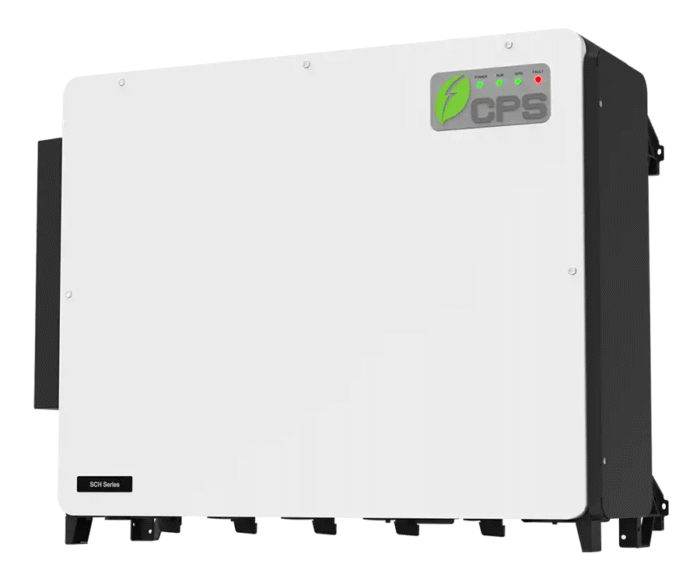
At its highly anticipated 4th Annual Product Innovation Day, CPS America launched the revolutionary “Gonzo” 125kW/261kWh C&I BESS All-in-One solution, the cutting-edge 250kW 600V string inverter, the world’s most powerful string inverter—the 350kW, and the 5MWh BESS PowerBlock.
The 250 kW-600V 3-phase string inverters offer Distributed or Centralized wire box options enabling DC disconnection under short circuit conditions. Both wire boxes are separable and fully integrated with AC and DC disconnect switches, in addition to PID mitigation features to extend a site’s lifespan and protect its ROI.
The 350 kW 3-phase string inverter is intended for Utility-Scale ground-mount installations. It has a broad temperature range, wide working voltage, and NEMA Type 4X housing, all of which contribute to its high efficiency in a variety of applications. With full power capacity up to 45°C, it is versatile for all weather conditions. Each inverter includes 15 MPPTs and is available with 30 unfused PV string inputs. Remote product updates, controls, and communication are all made possible by the CPS FlexOM system.
Qcells Q.HOME CORE G3 now available
Qcells is now promoting the third generation of its Q.HOME CORE, an AC-coupled energy storage system. The Q.HOME CORE G3 starts at 13.1 kWh (LG Energy Solution LFP battery) and is expandable up to 26.2kWh (with Q.HOME HUB G3). It features flexible wall or floor mounting options, a power control system (PCS), remote monitoring capabilities, smart connectivity, and a 15-year warranty.
Fully compatible with Qcells’ Q.HOME SMART AC system, Q.HOME CORE G3 integrates with Q.TRON AC, Q.HOME COMBINER, and Q.HOME HUB G3, all managed through the Q.OMMAND app for quicker commissioning. That app also houses monitoring and control functionality.
Specs
- 7.6 kW of backup power
- Storm Protect alerts customers ahead of weather events
- Compatibility with Samsung SmartThings.
- 200 A peak current
- Noise level of 20 dB
As for financing, in addition to Qcells’ manufacturer-backed solar financing, the Q.HOME has “synergistic product rebates available when pairing Q.HOME CORE G3 with EnFin financing.”
Fronius USA adds remote configuration for GEN24 inverters to speed approvals
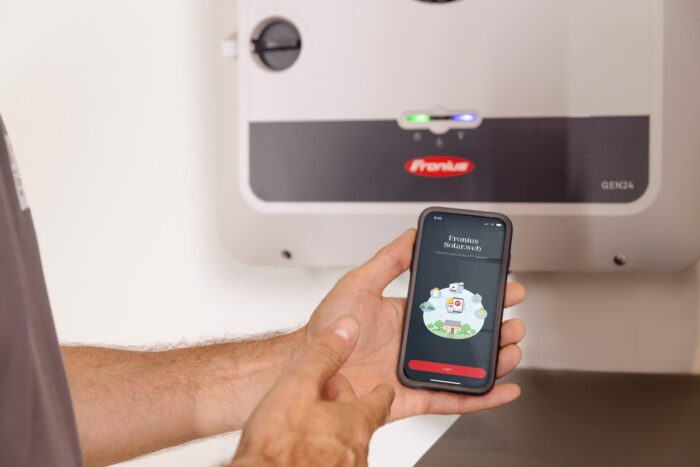
Fronius USA has launched a new remote configuration and reporting feature for its GEN24 and GEN24 Plus inverters, aimed at streamlining the interconnection approval process for distributed energy resources (DERs). The update, now available through the Fronius Solar.web platform, allows installers to remotely configure inverters and generate a utility-ready configuration report using EPRI’s Common File Format (CFF). The new tool simplifies the often cumbersome process of documenting DER settings for utility approval, a frequent pain point in the post-installation phase.
- Remote Access & Configuration: Installers can now log into the user interface of the GEN24 or GEN24 Plus inverter from virtually anywhere via Solar.web to adjust DER settings.
- Automated Configuration Reports: The system generates professional, standardized documents that meet utility requirements, eliminating the need for manual screenshots or spreadsheets.
- Zero Added Cost: Fronius is offering the reporting tool at no additional charge, becoming the first inverter manufacturer to integrate this feature directly into its platform.
- Time-Saving Integration: Reports are available for instant download through the inverter’s user interface, cutting down on administrative tasks and site visits.
Learn more about Fronius GEN24 in this on-demand webinar
Tigo’s new IPOC feature supports precise repowering and AC output control
As we’ve noted, solar service companies have begun to focus on a rapidly expanding inverter replacement market, repowering solar systems that have long since passed their warranty periods and payback dates.
Tigo announced a new Inverter Power Output Control (IPOC), or the ability to easily limit the AC power output of Tigo inverters via software during the commissioning process. The ability to reduce the maximum AC power rating of an inverter, also referred to as inverter power derating, allows solar installers to set the AC power rating of an inverter during commissioning when precise system power targets are required for incentives, or to maintain system power rating when a legacy solar system is updated with a new inverter.
Tigo IPOC allows installers even more flexibility when faced with AC output constraints on both new and legacy residential solar systems. The self-guided IPOC feature empowers installers to configure maximum AC nameplate rating independently via the Tigo EI App during commissioning. The system’s advanced energy management capabilities and DC architecture eliminate round-trip power conversion losses for storage, module mismatch, shading, and clipping losses.
Btw, Tigo Energy’s TS4 MLPE devices are now operationally compliant and compatible with hybrid inverter-battery systems from sonnen.
APsystems leverages AI for design tools and smart battery inverters
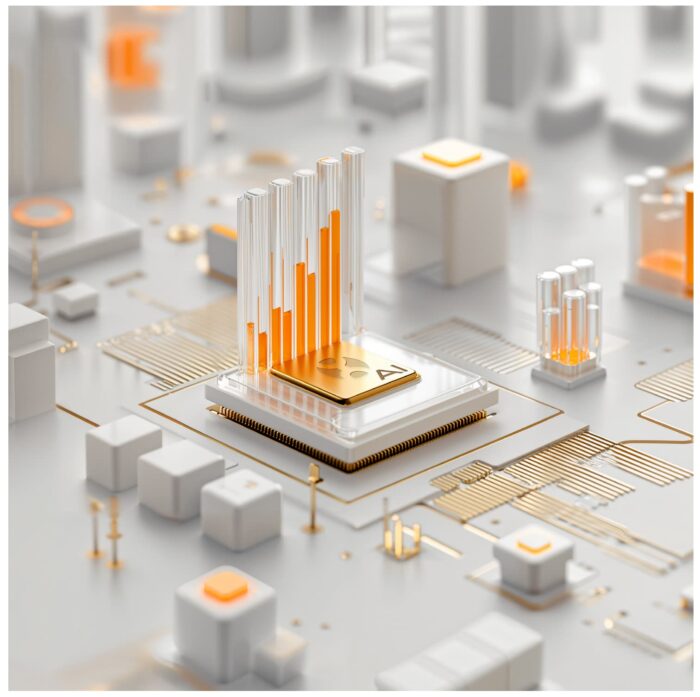
Across the residential and small-commercial landscape, AI is showing up in tools that simplify complex tasks, reduce soft costs, and help installers scale their operations. Jason Higginson, the head of marketing, North America, for APsystems, recently explained how AI is influencing all aspects of the APsystems product line, and the company in general.
“Recognizing this need for speed and simplicity, inverter manufacturers are also building AI-powered design tools directly into their ecosystems. One example is APsystems’ AP Designer, which allows installers to generate complete solar layouts, system simulations, and bills of materials in just a few clicks. By embedding AI into the design workflow, inverter manufacturers are helping to reduce the friction between project design and installation—supporting faster quoting, BOM creation, system design, and providing a more seamless customer experience.”
Another example: APsystems’ APstorage solution, anchored by its ELS intelligent battery inverter, uses AI to manage charge cycles and load balancing across connected devices. By dynamically adapting to household usage and solar conditions, these systems help reduce energy costs and extend battery lifespan without the need for ongoing manual adjustments.
SolarEdge ramps domestic manufacturing
SolarEdge Technologies is now shipping U.S.-made residential energy storage products out of its new manufacturing site in Salt Lake City, Utah, which began producing the SolarEdge Home Battery (USA Edition) in Q1 of this year. The Utah site joins other SolarEdge production sites in Florida and Texas, and collectively contributes to more than 2,000 manufacturing jobs tied to the company’s U.S. operations. With the Utah launch, SolarEdge says its full residential lineup of inverters, optimizers and batteries is now produced on American soil. On the commercial side, Solar Landscape, a top U.S. commercial rooftop solar developer, just ordered a supply of SolarEdge’s U.S.-manufactured solar technology for over 500 commercial rooftop projects across multiple states, to be built in 2025 and 2026.
ABB’s 2000V switch-disconnector earns industry-first UL98B certification

ABB announced it is the first manufacturer in the renewable energy industry to earn UL98B certification for a 2000V switch-disconnector. The milestone certifies ABB’s OTDC three-pole DC switch-disconnector for use in 2000V photovoltaic power systems—marking a significant step in the utility-scale solar sector’s long-anticipated transition from 1500V to 2000V system architecture.
This certification comes just as 2000V modules, inverters, and other components begin to hit the market. UL-listed switches are required for full system certification and safety compliance, and their absence had created bottlenecks for combiner box manufacturers. ABB’s solution helps remove that constraint.


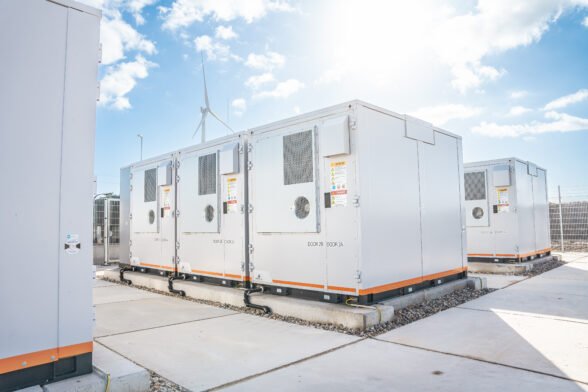
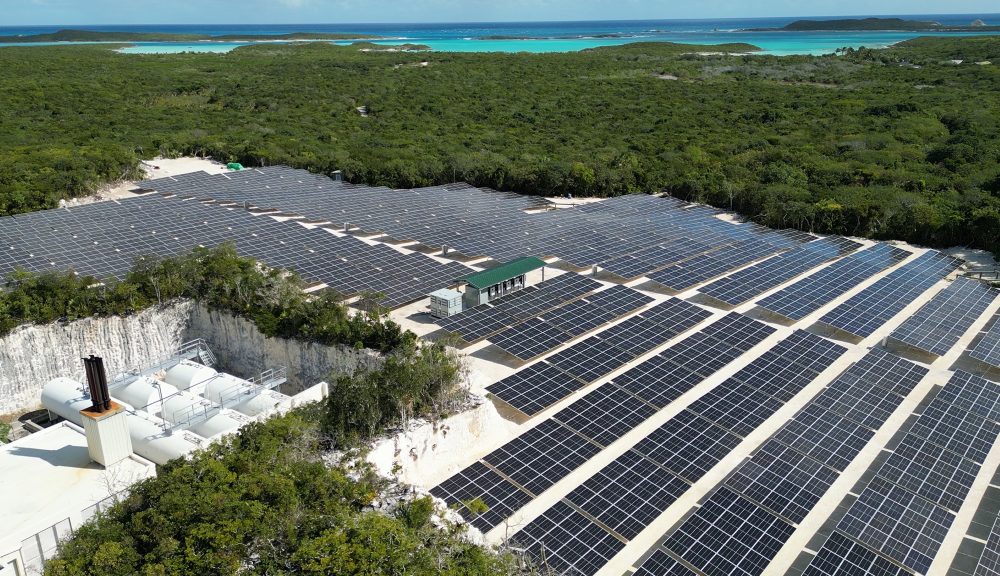
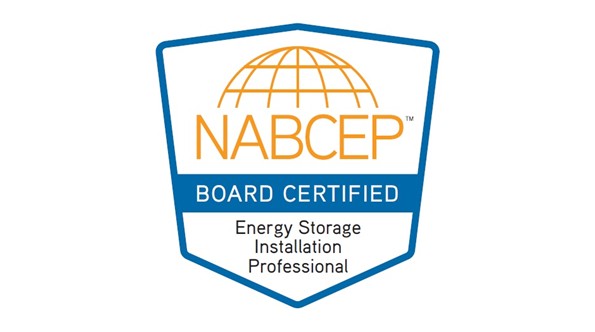

Comments are closed here.